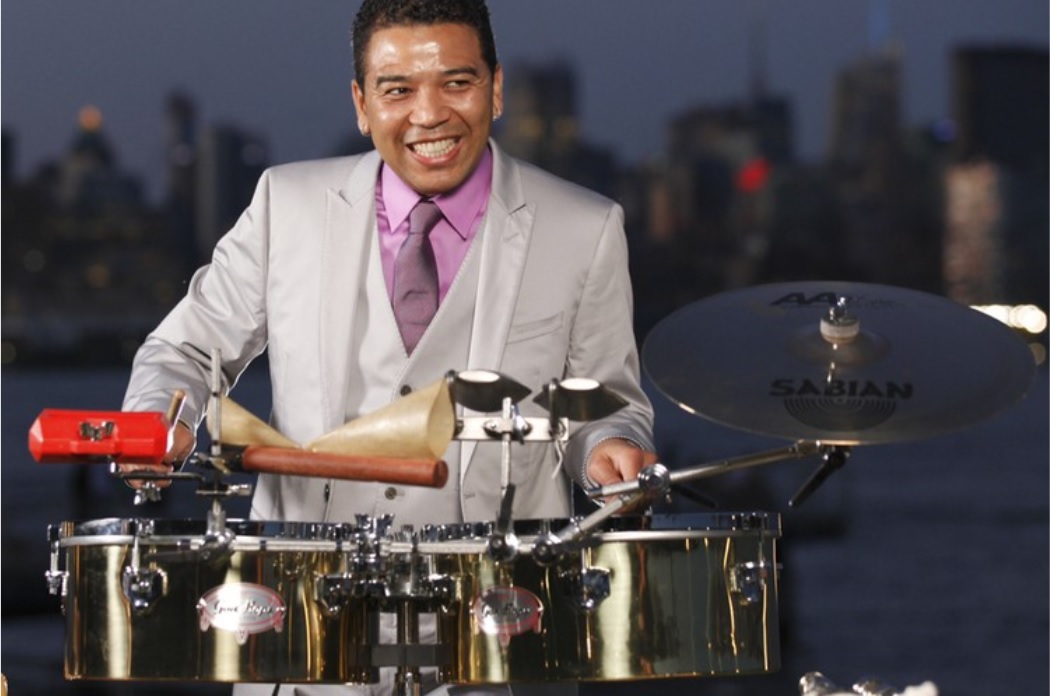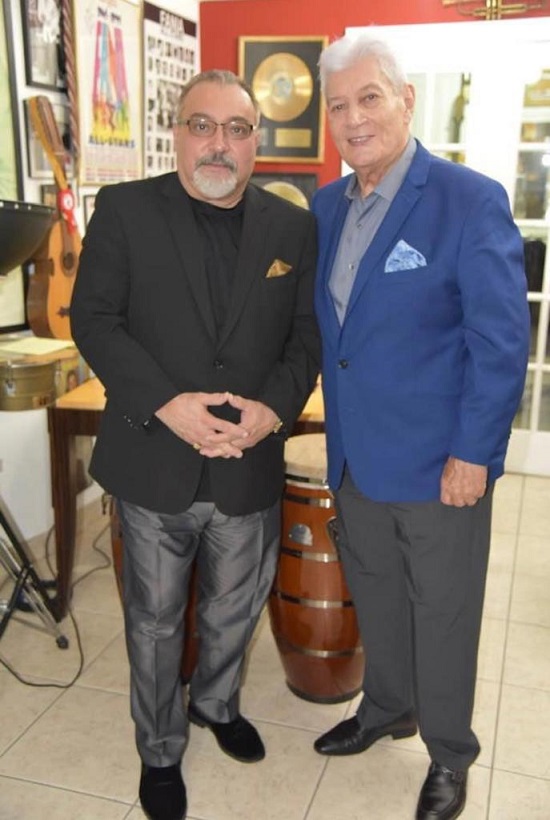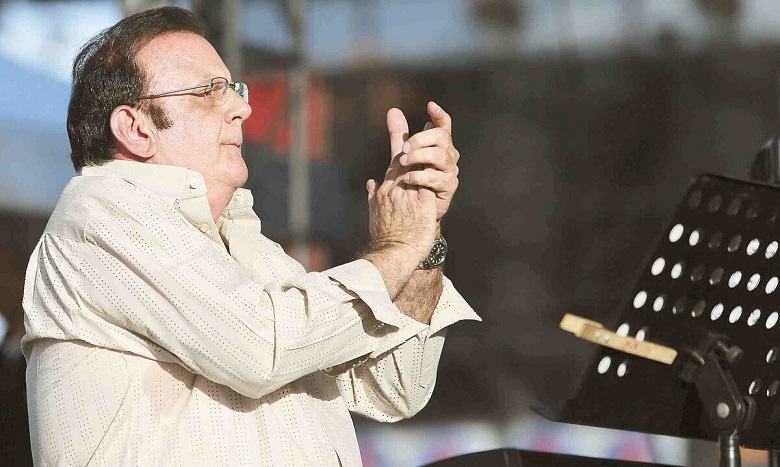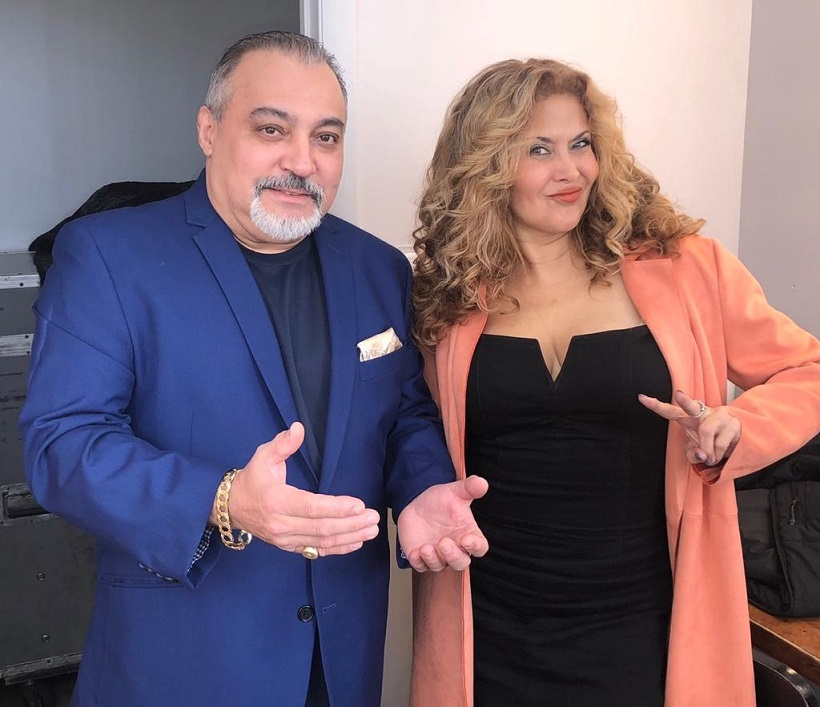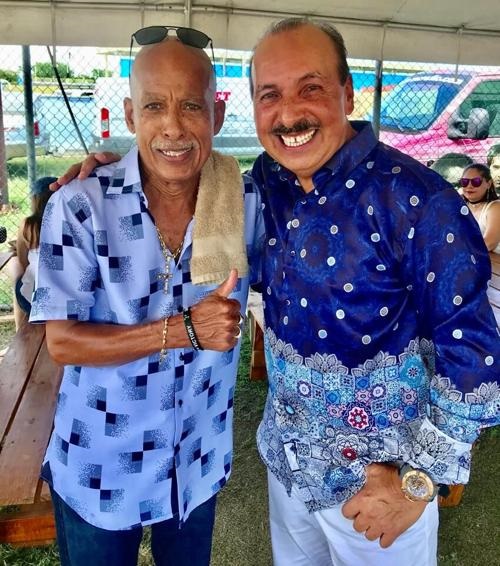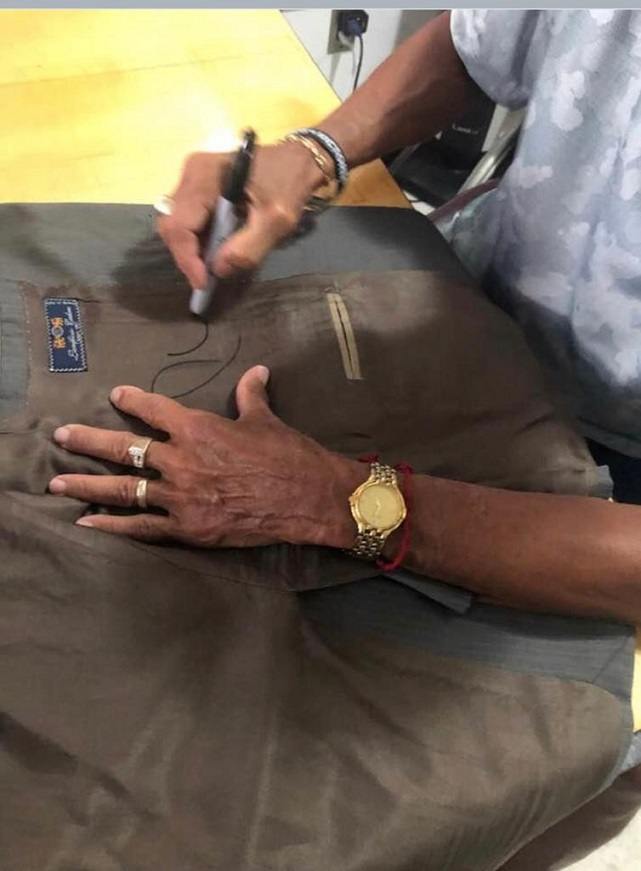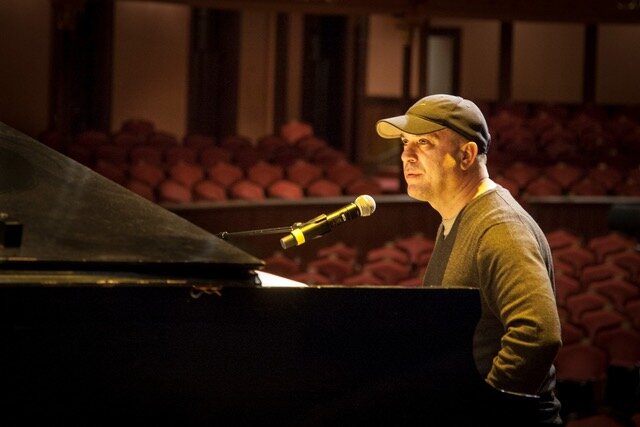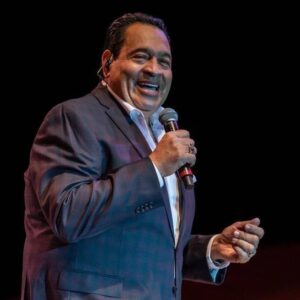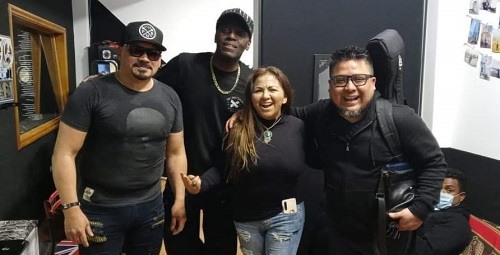La Candela Salsa Orchestra, the band is made up of eight musicians settled in Tenerife Canary Islands
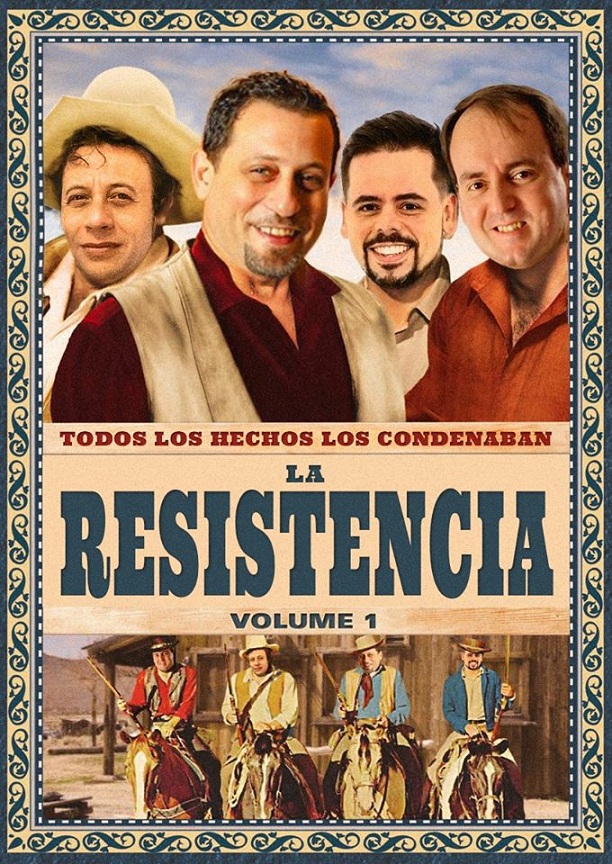
La Candela is a small independent orchestra that in recent years has made a place for itself among the preferences of salsa dancers.
Her proposal is aimed at “hooking” the dancer with the original rhythms of salsa such as son montuno, guaguancó, mambo or chachachá, recovering the sound of the era in which what is known today as Salsa was forged.
The band is made up of eight musicians based in Tenerife (Canary Islands).
Its target audience is the salsa dancer on1 & on2, a great consumer of this type of music.
However, they have also conquered the hearts of the salsa music lovers who are staunch consumers of hard sauce.
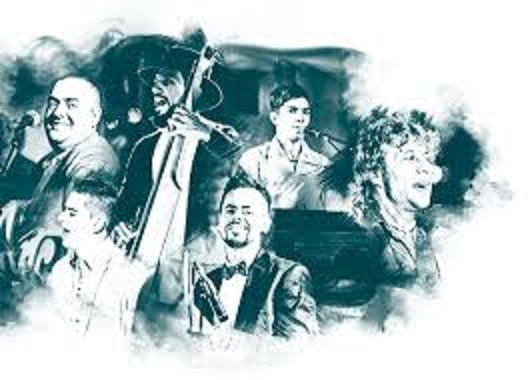
The live La Candela show is a roller coaster of sensations that aims to spread joy and good vibes with a varied repertoire in terms of the danceable rhythms that are included within the salsa genre.
With him they have been presented in Spain and in other European countries such as Germany or Switzerland throughout these five years of activity.
La Candela’s style is inspired by the repertoire and execution style of the master Joe Cuba and his Sextet.
They have brought back to life some of their best classic songs that are still a reference for the dancer today.
With this spirit, her first musical project was born: On Fire, which was released in November 2015 and was a very good business card.
The album includes some classic songs by maestro Joe Cuba, such as “La Palomilla”, “Clave Mambo” or “El Ritmo de Joe Cuba”, along with self-written songs such as our first two singles, entitled “Es Guaguancó” and “For her”.

In 2017 and thanks to the executive production of Batlei Productions, a new project by La Candela was born with a closer sound and with many new features, without leaving behind our essence, headed by the first single titled “Se Prentó”, On Time moves between the primitive and the new, rescuing jewels and offering deserved tributes to some of the great pioneers of Afro-Cuban danceable music, like Tito Rodríguez or Frank Grillo “Machito”.
They are currently preparing what will be their third studio album with a new line-up of Musicians
We are also in the process of reserving the album “On Time” with a crowdfounding project, in which 300 LPs of this production have been put on sale in a limited edition: https://qrates.com/projects/20837- on-time In addition, we have launched a merchandising store where you can find all kinds of products with the unmistakable seal of La Candela Salsa Orchestra: https://lacandelasalsa.threadless.com/
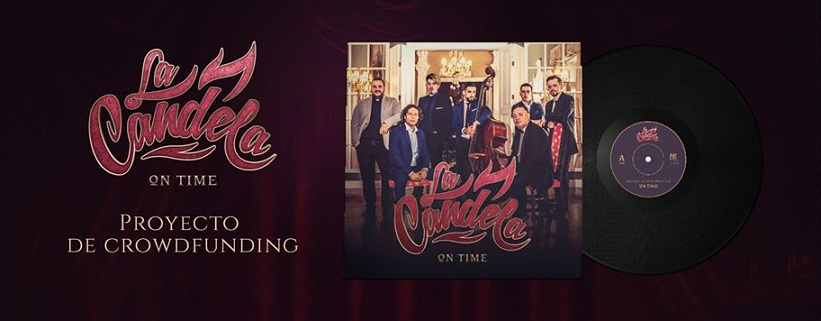
- Video clip of “Sin Ti”: https://youtu.be/WkV2hvCeXhE
- Video resumen Suiza: https://youtu.be/whUDfAx0Fwc
- Video resumen Benidorm: https://youtu.be/j3puMxehsQk
- Website: http://lacandelasalsa.com
- Facebook: https://www.facebook.com/lacandelasalsa
- Instagram: http://instagram.com/lacandelasalsa


